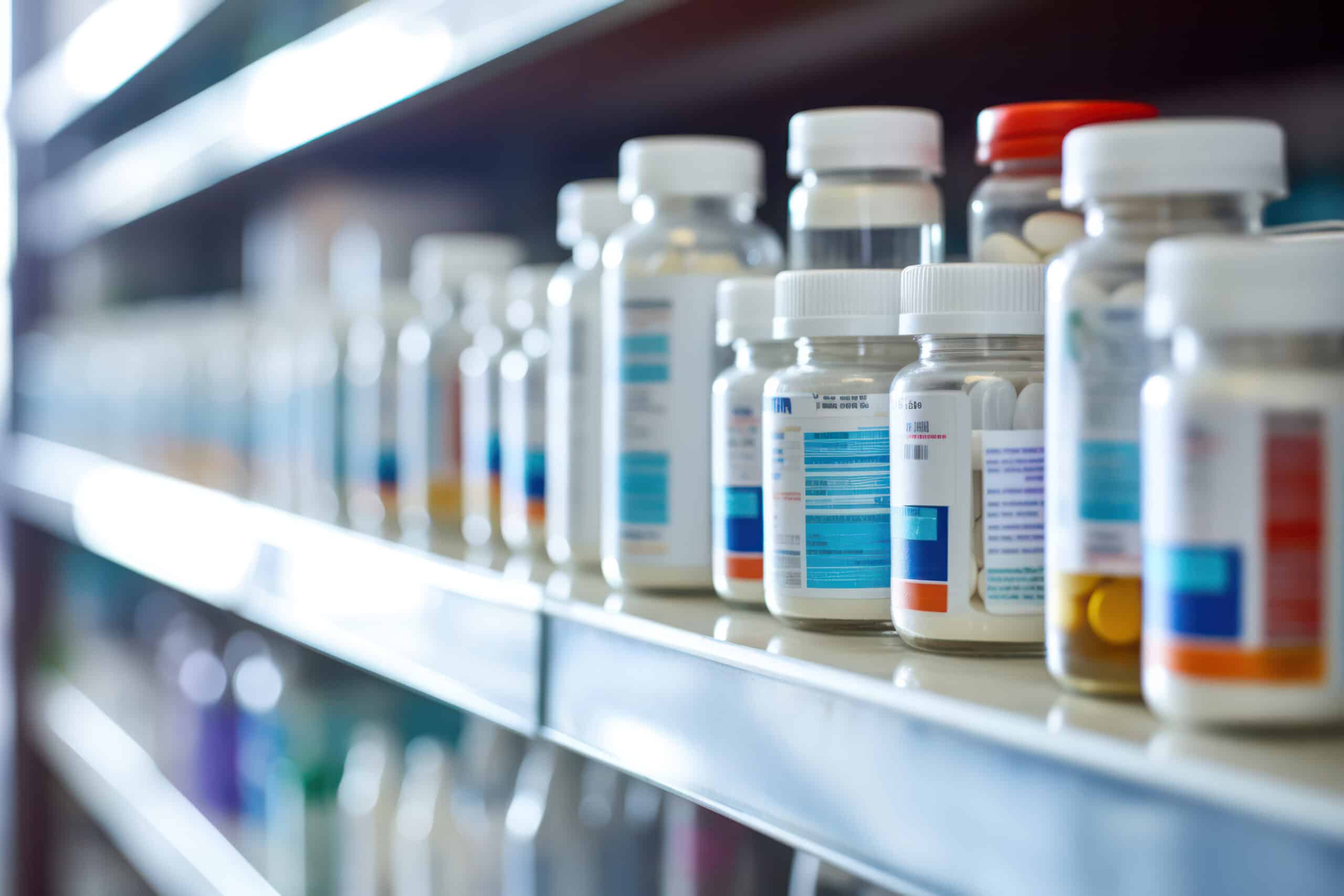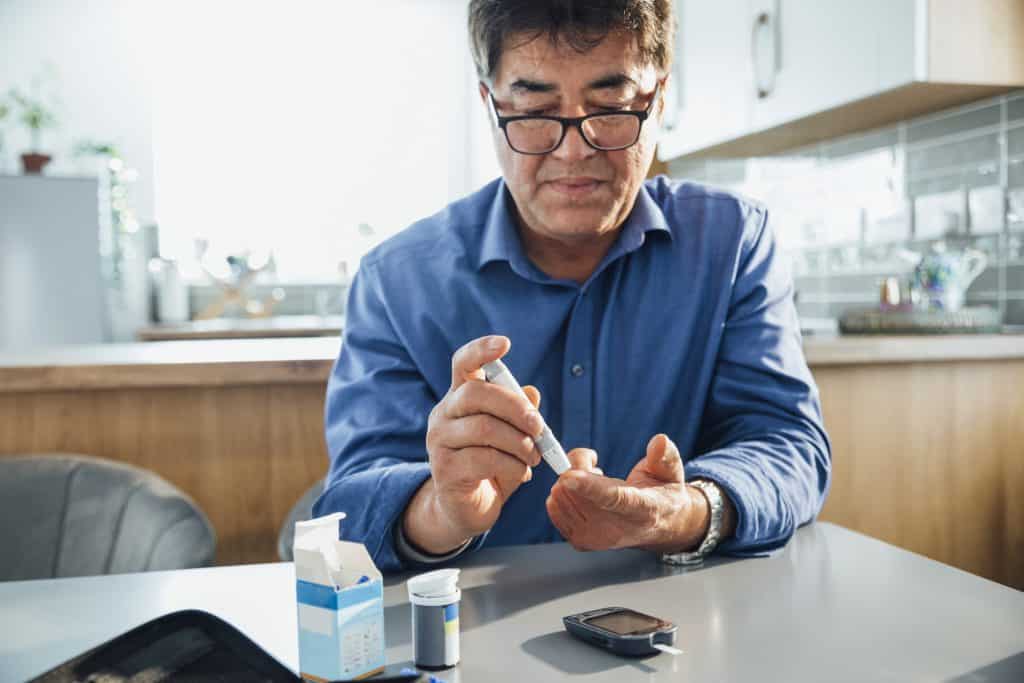Limited distribution drugs (LDDs) are medications that are subject to strict distribution controls due to various factors, such as safety concerns, limited availability, or high cost.
These drugs are typically used to treat complex or rare medical conditions and require specialized handling, monitoring, and administration. LDDs have an average annual cost of $78,000.1

Distribution & Special Handling
The distribution of LDDs is tightly regulated to ensure that these medications are used appropriately and reach the patients who need them the most. Pharmaceutical manufacturers often establish restricted distribution networks or specialty pharmacies to manage the supply chain and ensure the proper handling and dispensing of LDDs. These medications also require “special supply chain tools, ranging from inventory management to cold chain delivery to REMS (risk evaluation and mitigation strategies) programs.”2
LDDs may necessitate specific storage conditions, such as refrigeration or protection from light, to preserve their stability and effectiveness. Furthermore, certain LDDs may entail complex dosing regimens or necessitate specialized training for administration. As a result, it becomes imperative to limit their distribution to health care professionals who possess the necessary expertise and qualifications.

Patient Safety
Some LDDs may carry a higher risk of adverse effects or require close patient monitoring due to their potential for serious side effects. By restricting distribution, manufacturers can ensure that health care providers are aware of the necessary precautions and can closely monitor patients who are prescribed these medications.
Small Patient Populations
Limited distribution drugs are frequently utilized to treat rare diseases or conditions that impact a small population. Drugs targeting orphan diseases, for example, affect fewer than 200,000 individuals.3 These medications may represent the sole treatment options available for these patients, underscoring the importance of guaranteeing their appropriate distribution and accessibility. The small distribution models enable manufacturers to gather and analyze data on prescribers, patient adherence, and discontinuation rates, thereby facilitating the tracking of clinical outcomes and ensuring appropriate oversight and monitoring.
How can Marsh McLennan Agency help?
Marsh McLennan Agency’s team is here to help you evaluate and manage your pharmacy program. We are a trusted partner who can identify real opportunities for savings and help you make sense of your program, control your spend, and deliver savings to your organization. Learn more about how our Pharmacy Practice can provide end-to-end plan support to fit your organization’s needs.
This article was originally featured in our Rx Newsletter. Sign up to receive our quarterly newsletter emails.
Sources:
- “Average annual price of specialty drugs has nearly tripled since 2006 study finds,” Becker’s Hospital Review, accessed January 16, 2024, https://www.beckershospitalreview.com/pharmacy/average-annual-price-of-specialty-drugs-has-nearly-tripled-since-2006-study-finds.html
- “Limited Distribution Drugs: What You May Not Know,” Navitus, accessed January 16, 2024, https://blog.navitus.com/limited-distribution-drugs-0
- “What Makes a Drug Special?” AMCP, January 16, 2024, https://www.amcp.org/Resource-Center/specialty-pharmacy/what-makes-drug-special-defining-specialty-medications





